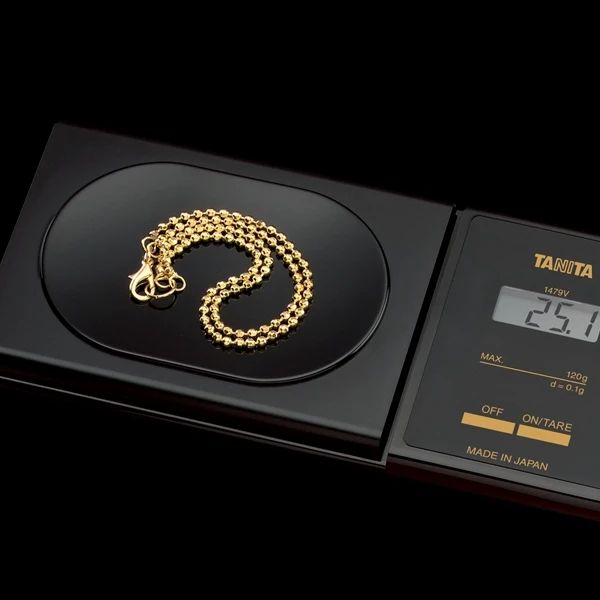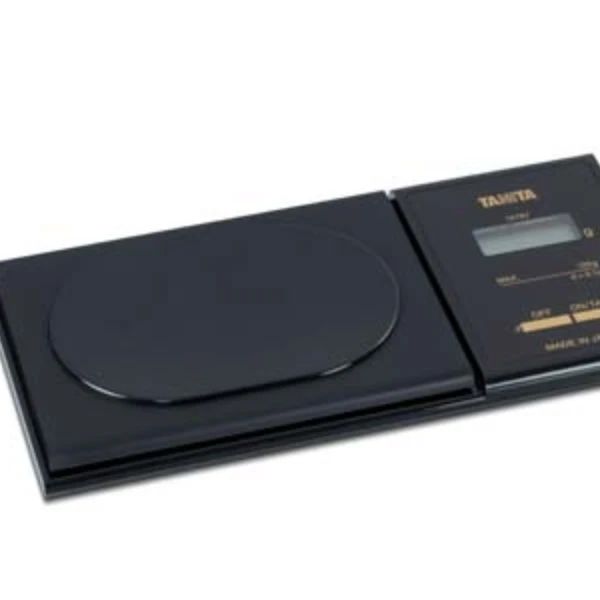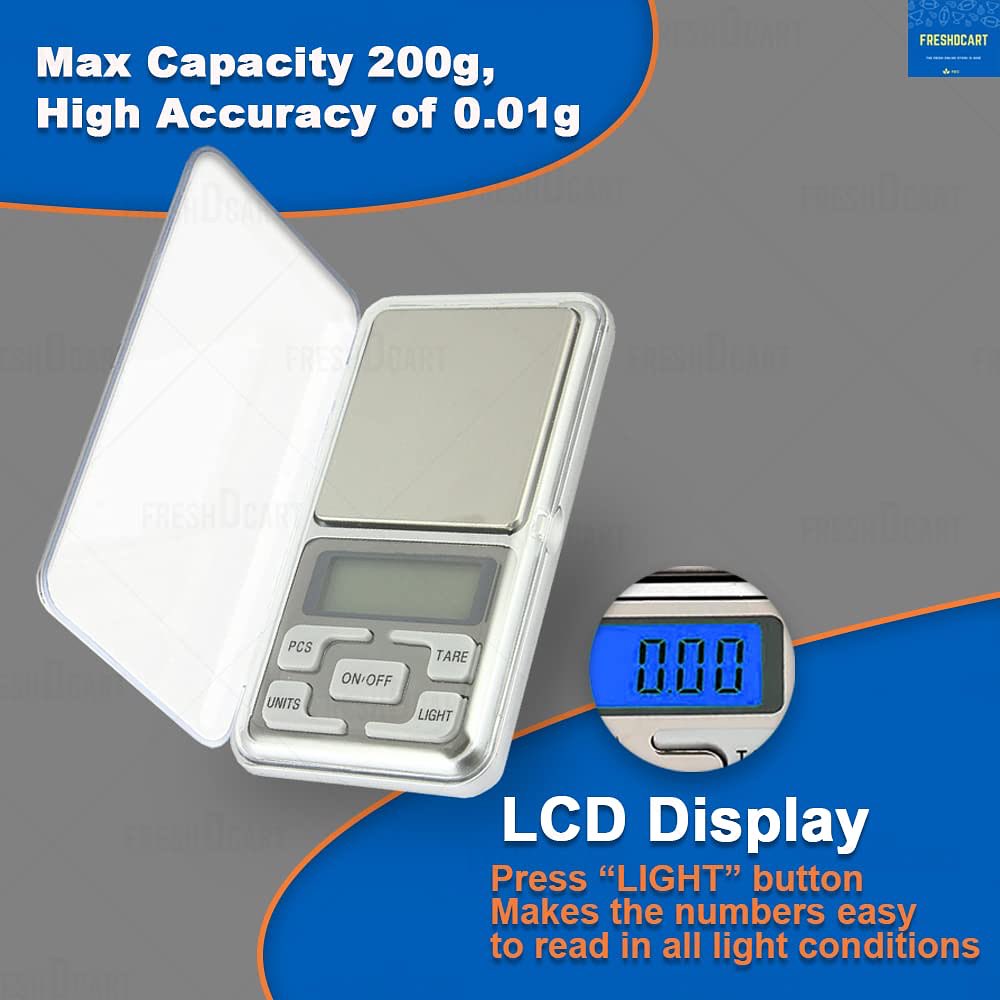Introduction
Looking to ensure the accuracy of your digital pocket scale? Calibration is key! Whether you’re a culinary enthusiast, jewelry maker, or simply need precise measurements for small items, knowing How to Calibrate A Digital Pocket Scale can make all the difference.
We’ll walk you through the process step-by-step so you can get those accurate readings every time. Let’s dive in and learn how to calibrate a digital pocket scale like a pro!
What You Will Need For Calibration
To calibrate your digital pocket scale effectively, you will need a few essential items on hand. Ensure you have calibration weights that match the capacity of your scale. These weights are crucial for accurately adjusting the scale’s measurements.
- Clean and Stable Surface Preparation:
Emphasize the importance of a clean and stable surface for placing the scale during calibration to prevent external factors from affecting the process. Suggest using a small brush or cloth to clean the weighing platform before starting calibration.
- Access to User Manual:
Stress the significance of having access to the user manual specific to the digital pocket scale model. Highlight that the manual provides detailed instructions on how to initiate and carry out the calibration procedure correctly.
- Steady Hand and Patience:
Advise users to maintain a steady hand and exercise patience during the calibration process. Emphasize that precision is vital for accurate calibration of a digital pocket scale, ensuring reliable and consistent measurements.
Understanding Calibration Process

Understanding the calibration process of a digital pocket scale is crucial for accurate measurements. Calibration ensures that the scale provides precise readings, which is essential for various applications like cooking, jewelry making, or scientific experiments.
- Purpose of Calibration:
Explain that calibration involves comparing the known weight against the scale’s displayed weight to identify and adjust any errors or inaccuracies in measurement readings.
- Selection of Calibration Weights:
Importance of using calibration weights that match the scale’s capacity for effective calibration. Note that different scales may require specific weights, and users should refer to the user manual for guidance.
- Calibration Process:
The calibration weight on the center of the platform and following instructions to zero out or adjust settings as necessary. Highlight the importance of following the specific procedures outlined in the user manual.
- Regular Calibration for Accuracy:
Calibrating the digital pocket scale to maintain accuracy over time. Recommend periodic recalibration, especially after moving the scale, to ensure consistent and reliable measurement results.
- User Manual Guidance:
To calibrate your pocket scale, you must first read and understand the user manual provided with your particular model.
A Step-by-Step Guide To Calibrating A Digital Pocket Scale


To calibrate your digital pocket scale accurately, start by placing the scale on a stable surface away from any electrical interference. Ensure that it is clean and free from any debris that could affect its readings.
- Prepare the Scale for Calibration:
Next, turn on the scale and wait for it to display zero or the calibration weight indicator. This indicates that the scale is ready for calibration.
- Place the Calibration Weight:
Using the calibration weight recommended by the manufacturer, carefully place it in the center of the scale’s platform. Make sure not to touch or bump the weight during this process to avoid inaccurate results.
- Initiate Calibration Process:
Once you have placed the calibration weight, follow the specific instructions provided with your digital pocket scale to initiate the calibration process. Typically, this involves pressing a button or following a sequence of steps outlined in your user manual.
- Complete Calibration Steps:
After completing these steps, your digital pocket scale should now be calibrated and ready for use.
- Recalibrate for Accuracy:
Remember to recalibrate periodically to ensure accurate measurements for all your weighing needs!
Tips For Maintaining Calibration

To ensure the accuracy of your digital pocket scale, regular maintenance after calibration is key. One tip for maintaining calibration is to handle the scale with care, avoiding any unnecessary rough treatment that could throw off its precision. Additionally, it’s essential to store the scale in a stable environment free from extreme temperatures or humidity fluctuations.
- Handle with Care for Calibration Maintenance:
One tip for maintaining calibration is to handle the scale with care, avoiding any unnecessary rough treatment that could throw off its precision.
- Ensure Stable Storage Conditions:
Additionally, it’s essential to store the scale in a stable environment free from extreme temperatures or humidity fluctuations.
- Regular Cleaning for Optimal Functionality:
Another useful tip is to clean the scale regularly using a soft, dry cloth to remove any dust or debris that might affect its functionality.
- Use Gentle Cleaning Methods:
Avoid using harsh chemicals or liquids during cleaning as they could damage the sensitive components of the scale.
- Check for Wear and Tear:
It’s advisable to check for signs of wear and tear on the scale’s surface or buttons and promptly address any issues to prevent calibration drift.
- Prolong Accuracy and Lifespan:
By following these simple maintenance tips, you can prolong the accuracy and lifespan of your digital pocket scale.
FAQ’s
Q: How often should I calibrate my digital pocket scale?
A: It’s recommended to calibrate your scale regularly, especially if you notice any inconsistencies in readings or after moving the scale to a new location.
Q: Can I use any weight for calibration?
A: To ensure accuracy, it’s best to use weights that are specifically designed for calibration purposes. These can be purchased online or at specialty stores.
Q: What should I do if my scale is still not accurate after calibration?
A: If you’ve followed the steps correctly and your scale is still off, it may be time to consider contacting the manufacturer for assistance or professional recalibration services.
Conclusion
Calibrating a digital pocket scale is essential to ensure accurate measurements. By following the step-by-step guide and using the necessary tools, you can maintain the accuracy of your scale for consistent results.
Remember to recalibrate periodically and handle your scale with care to prolong its lifespan. With these tips in mind, you can confidently use your digital pocket scale for various purposes knowing that it is properly calibrated.

